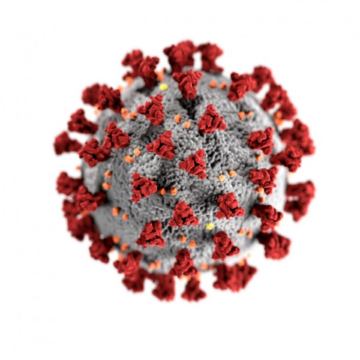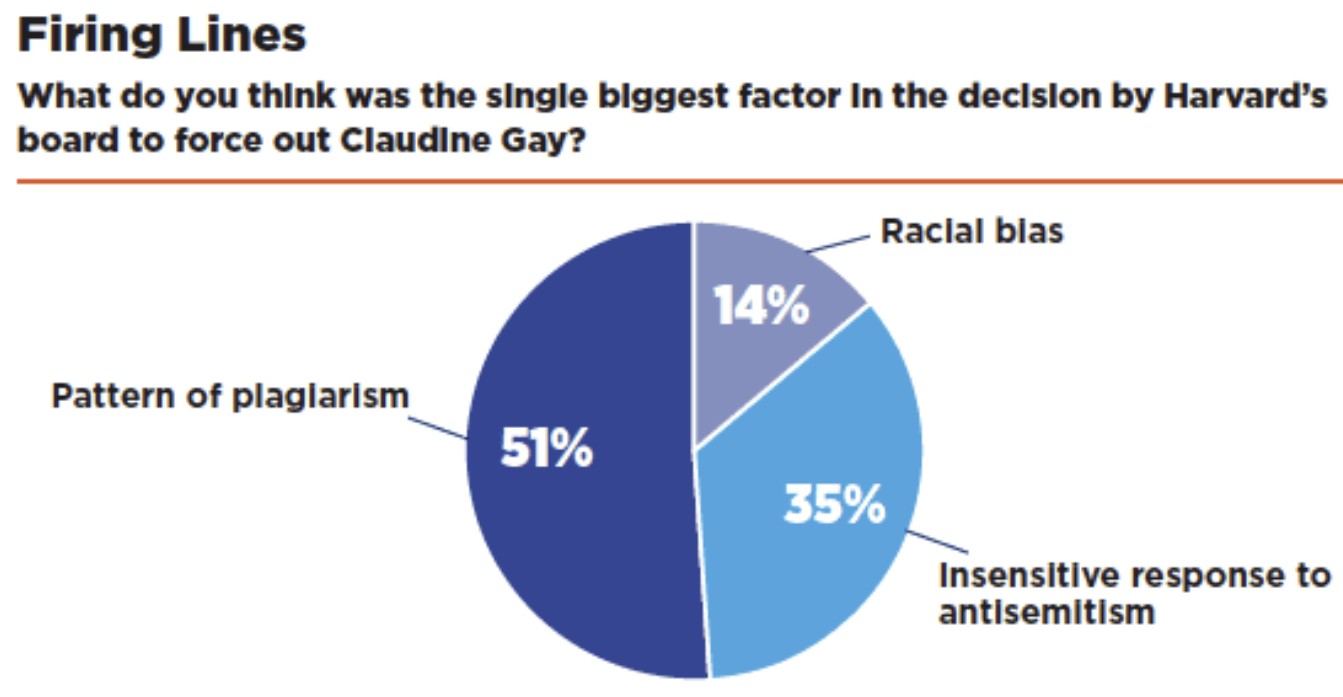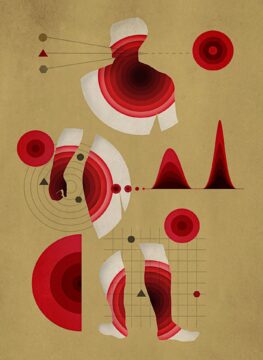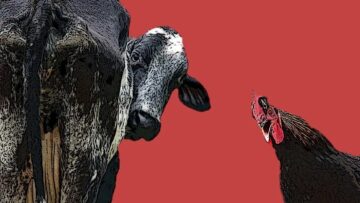Carl Zimmer in Quanta:
 Granted, the social lives of viruses aren’t quite like those of other species. Viruses don’t post selfies to social media, volunteer at food banks or commit identity theft like humans do. They don’t fight with allies to dominate a troop like baboons; they don’t collect nectar to feed their queen like honeybees; they don’t even congeal into slimy mats for their common defense like some bacteria do. Nevertheless, sociovirologists believe that viruses do cheat, cooperate and interact in other ways with their fellow viruses.
Granted, the social lives of viruses aren’t quite like those of other species. Viruses don’t post selfies to social media, volunteer at food banks or commit identity theft like humans do. They don’t fight with allies to dominate a troop like baboons; they don’t collect nectar to feed their queen like honeybees; they don’t even congeal into slimy mats for their common defense like some bacteria do. Nevertheless, sociovirologists believe that viruses do cheat, cooperate and interact in other ways with their fellow viruses.
The field of sociovirology is still young and small. The first conference dedicated to the social life of viruses took place in 2022, and the second will take place this June. A grand total of 50 people will be in attendance. Still, sociovirologists argue that the implications of their new field could be profound.
More here.

 Saar Wilf is an ex-Israeli entrepreneur. Since 2016, he’s been developing a new form of reasoning, meant to transcend normal human bias.
Saar Wilf is an ex-Israeli entrepreneur. Since 2016, he’s been developing a new form of reasoning, meant to transcend normal human bias. The negative buzz over board challenges experienced by Harvard, Tesla and Boeing shows remarkably parallel problems over the same period. Harvard’s stumble is particularly educational for boards facing a governance crisis.
The negative buzz over board challenges experienced by Harvard, Tesla and Boeing shows remarkably parallel problems over the same period. Harvard’s stumble is particularly educational for boards facing a governance crisis. I
I Come with me, down the rabbit hole that is the life and work of the Brooklyn-born poet Delmore Schwartz (1913-66). There are two primary portals into Delmore World. Neither involves his own verse. Reading about Schwartz is more invigorating than reading him, or so I have long thought. He was so intense and unbuttoned that he inspired two of the best books of the second half of the 20th century.
Come with me, down the rabbit hole that is the life and work of the Brooklyn-born poet Delmore Schwartz (1913-66). There are two primary portals into Delmore World. Neither involves his own verse. Reading about Schwartz is more invigorating than reading him, or so I have long thought. He was so intense and unbuttoned that he inspired two of the best books of the second half of the 20th century. Several years ago, I fell at the gym and ripped two tendons in my wrist. The pain was excruciating, and within minutes my hand had swollen grotesquely and become hot to the touch. I was reminded of a patient I’d seen early in medical school, whose bacterial infection extended from his knee to his toes. Latin was long absent from the teaching curriculum, but, as my instructor examined the leg, he cited the four classic symptoms of inflammation articulated by the Roman medical writer Celsus in the first century: rubor, redness; tumor, swelling; calor, heat; and dolor, pain. In Latin, inflammatio means “setting on fire,” and as I considered the searing pain in my injured hand I understood how the condition earned its name.
Several years ago, I fell at the gym and ripped two tendons in my wrist. The pain was excruciating, and within minutes my hand had swollen grotesquely and become hot to the touch. I was reminded of a patient I’d seen early in medical school, whose bacterial infection extended from his knee to his toes. Latin was long absent from the teaching curriculum, but, as my instructor examined the leg, he cited the four classic symptoms of inflammation articulated by the Roman medical writer Celsus in the first century: rubor, redness; tumor, swelling; calor, heat; and dolor, pain. In Latin, inflammatio means “setting on fire,” and as I considered the searing pain in my injured hand I understood how the condition earned its name. In 2008, the biotech industry
In 2008, the biotech industry My first impression, upon opening Hollis’s The Waste Land: A Biography of a Poem was admittedly delicious. A usual kind of epigraph greets us: “There is always another one walking beside you,” from Eliot’s poem, but then we turn the page, and on the back of the epigraph page is a quotation from Eliot, a meaty paragraph, and facing it, on the right-hand side, is a shorter passage from Pound. Right away, then, the two men are side by side, in the opening pages in a way that disrupts the usual front page material of a tome. It is a nice touch that not only forecasts the book’s focus on the relationship between the two men in the crafting of one of the inarguably influential English language poems of the twentieth century but also indicates the attention to detail and summoning of atmosphere that characterize the bulk of Hollis’s project, if not its achievement. Which is this: to demythologize, and at times painfully, re-animate the gross disturbances in Eliot’s life and character that, for better or worse, have bequeathed us the still-jarring title poem.
My first impression, upon opening Hollis’s The Waste Land: A Biography of a Poem was admittedly delicious. A usual kind of epigraph greets us: “There is always another one walking beside you,” from Eliot’s poem, but then we turn the page, and on the back of the epigraph page is a quotation from Eliot, a meaty paragraph, and facing it, on the right-hand side, is a shorter passage from Pound. Right away, then, the two men are side by side, in the opening pages in a way that disrupts the usual front page material of a tome. It is a nice touch that not only forecasts the book’s focus on the relationship between the two men in the crafting of one of the inarguably influential English language poems of the twentieth century but also indicates the attention to detail and summoning of atmosphere that characterize the bulk of Hollis’s project, if not its achievement. Which is this: to demythologize, and at times painfully, re-animate the gross disturbances in Eliot’s life and character that, for better or worse, have bequeathed us the still-jarring title poem. Claude Shannon can’t sit still. We’re in the living room of his home north of Boston, an edifice called Entropy House, and I’m trying to get him to recall how he came up with information theory. Shannon, who is a boyish 73, with a shy grin and snowy hair, is tired of dwelling on his past. He wants to show me his gadgets.
Claude Shannon can’t sit still. We’re in the living room of his home north of Boston, an edifice called Entropy House, and I’m trying to get him to recall how he came up with information theory. Shannon, who is a boyish 73, with a shy grin and snowy hair, is tired of dwelling on his past. He wants to show me his gadgets. F
F